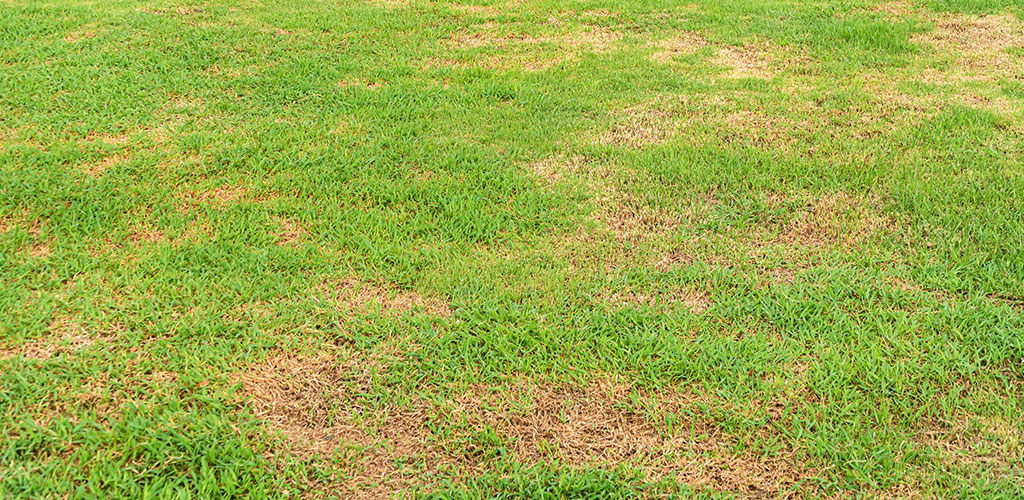As Alabama shifts into the thick of spring, May brings rising humidity, warmer temperatures, and a perfect storm of conditions for lawn diseases to take hold. Even the healthiest turf is vulnerable this time of year, especially if moisture lingers on grass blades or if your soil isn’t draining well.
At Steven’s Wack-N-Sack, we help homeowners and business owners recognize the early signs of disease and take action before minor spots turn into full-lawn damage.
Why Lawn Disease Becomes a Problem in May
Warm temperatures and high humidity are ideal for fungal growth. Combined with early morning dew, inconsistent watering, or heavy rain, your lawn can quickly develop the perfect environment for disease—even if you’re doing most things right.
Poor mowing habits (like dull blades or cutting too short), overwatering, and thatch buildup can all make the problem worse. The key is to monitor early and act quickly.
Common Lawn Diseases in Alabama This Time of Year
Here are a few of the most common lawn diseases we see in central Alabama during May:
- Brown Patch: Circular areas of brown, thinning grass. Often caused by high humidity and nighttime watering.
- Dollar Spot: Small tan or straw-colored spots the size of a silver dollar, often found in closely mowed lawns.
- Leaf Spot: Starts as purple or brown lesions on individual blades and can spread rapidly if untreated.
These diseases can look similar at first glance but require different treatments—misidentifying them could cost you time and money.
How to Prevent Disease Before It Spreads
While disease pressure increases in May, there are a few simple practices that can dramatically reduce the chances of an outbreak:
- Water early in the morning. Avoid watering in the evening when the lawn stays wet overnight.
- Mow regularly and at the correct height. Keep mower blades sharp to avoid tearing grass blades, which makes them more susceptible to infection.
- Watch for early signs. Discoloration, patches of thinning grass, or areas that don’t bounce back after mowing can be early red flags.
If you suspect something’s off, it’s better to have it checked quickly than to wait.
What to Do If You Suspect a Problem
Lawn diseases can spread fast, especially when temperatures swing and humidity spikes—both common in May. If you’re seeing irregular patches or anything that seems unusual, reach out for a professional lawn health evaluation.
At Steven’s Wack-N-Sack, our team is trained to identify diseases early and recommend targeted treatment plans that restore balance to your lawn. We use regionally-appropriate approaches for Alabama’s soil and grass types, and we’ll help you adjust your watering, mowing, or fertilization routines to reduce future risk.
Protect Your Lawn Before Summer Stress Hits
May is a pivotal month for building lawn health before the heat of summer sets in. Don’t let fungus undo your progress. A little prevention now can save you a lot of trouble—and cost—later.
📅 Schedule a lawn disease inspection with Steven’s Wack-N-Sack today. We’ll help you stay ahead of the season and keep your lawn looking its best.



